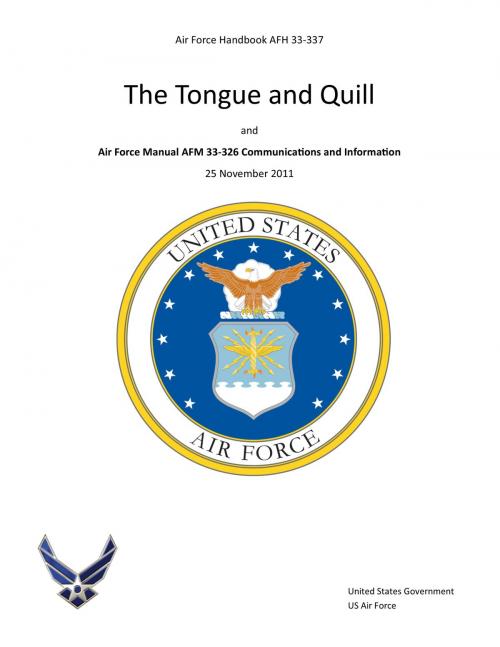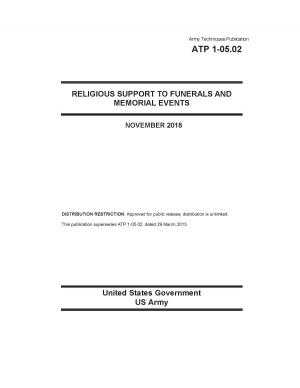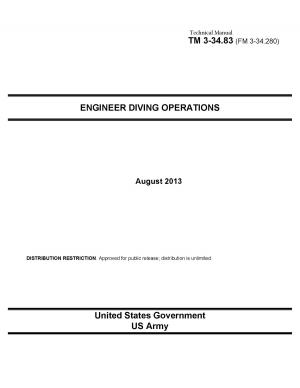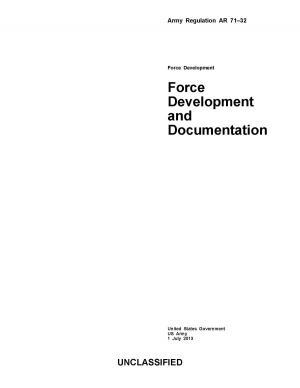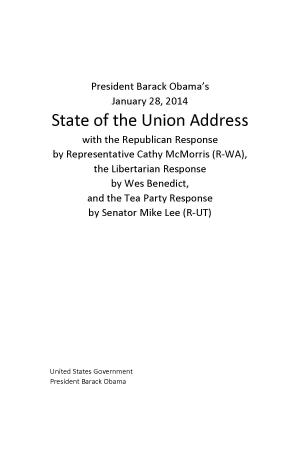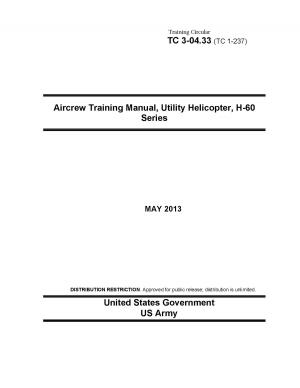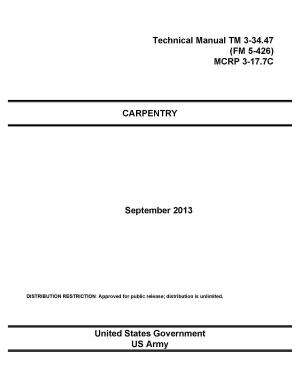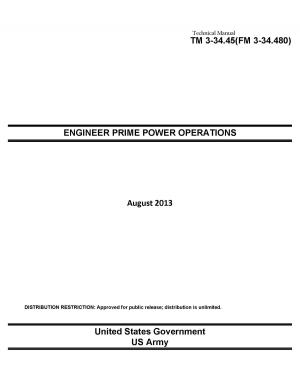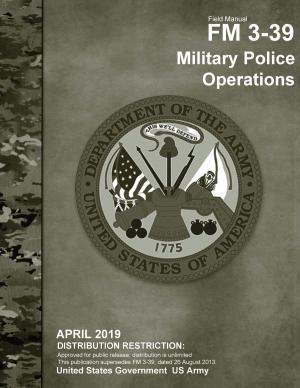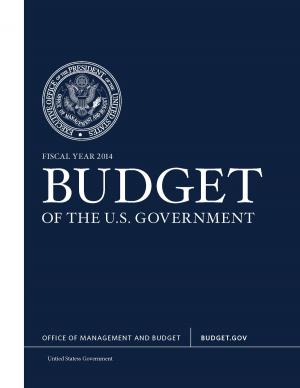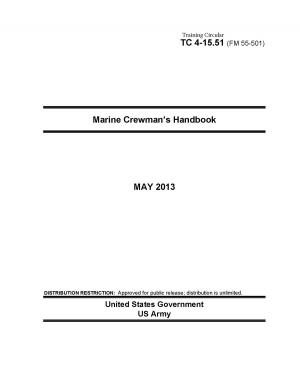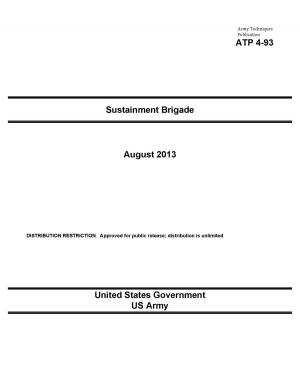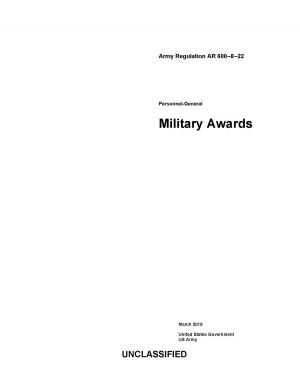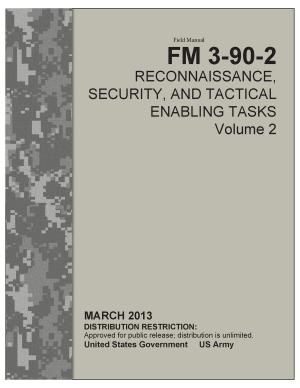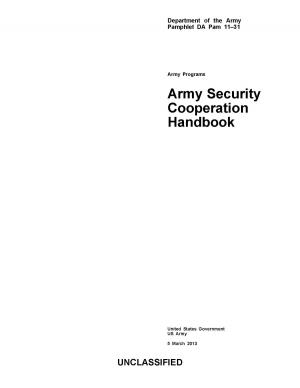Air Force Handbook AFH 33-337 The Tongue and Quill and Air Force Manual AFM 33-326 Communications and Information 25 November 2011
Nonfiction, Reference & Language, Study Aids, Graduate & Professional, Armed Forces, Reference, Guides & Handbooks| Author: | United States Government US Air Force | ISBN: | 1230000146496 |
| Publisher: | eBook Publishing Team | Publication: | June 29, 2013 |
| Imprint: | Language: | English |
| Author: | United States Government US Air Force |
| ISBN: | 1230000146496 |
| Publisher: | eBook Publishing Team |
| Publication: | June 29, 2013 |
| Imprint: | |
| Language: | English |
This printing of Air Force Handbook AFH 33-337 The Tongue and Quill and Air Force Manual AFM 33-326 Communications and Information 25 November 2011 includes the following information in one convenient consolidated document:
PART I: COMMUNICATON BASICS
Chapter 1: A Basic Philosophy of Communication
Chapter 2: Seven Steps to Effective Communication: An Overview
PART II: PREPARING TO WRITE AND SPEAK
Chapter 3: Analyzing Purpose and Audience
Chapter 4: Researching Your Topic
Chapter 5: Supporting Your Ideas
Chapter 6: Organizing and Outlining Your Thoughts
PART III: WRITING WITH FOCUS
Chapter 7: Writing Your Draft
Chapter 8: Editing Your Draft
Chapter 9: Fighting for Feedback and Getting Approval
PART IV: FACE-TO-FACE: SPEAKING AND LISTENING
Chapter 10: Air Force Speaking
Chapter 11: Effective Listening Strategies
PART V: WORKPLACE CHALLENGES
Chapter 12: Electronic Communication
Chapter 13: Meetings
PART VI: AIR FORCE WRITING PRODUCTS AND TEMPLATES
The Quill
Personal Letter
Official Memorandum
In Turn Memo
Indorsement Memo
Short-Note Reply
Memorandum for Record
Trip Report
Staff Study Report
Talking Paper
Bullet Background Paper
Background Paper
Position Paper
Staff Summary Sheet
Performance Report
Awards and Decorations
Air Force Publications
Biography
Résumé
Envelope
APPENDIX 1: THE MECHANICS OF WRITING
Glossary of Common Grammatical and Writing Terms
Punctuation Guidelines: An Alphabetical Listing
Abbreviating ABCs
Capitalization Guidelines
Numbers, Numbers, Numbers
APPENDIX 2: THE MECHANICS OF RESEARCH
APPENDIX 3: EFFECTIVE READING STRATEGIES
APPENDIX 4: BIBLIOGRAPHY AND OTHER REFERENCES
THE INDEX
And AFMAN 33-326:
Chapter 1—COMMUNICATIONS MANAGEMENT
1.1. Formats Unique to Headquarters Air Force (HAF)
1.2. Plain Language.
1.3. Writers’ Responsibilities.
1.4. Suspense Actions.
1.5. Coordination Process.
Chapter 2—STATIONERY STANDARDS AND USES 7
2.1. Paper Standards.
Table 2.1. Paper Quality.
2.2. Standard Letterhead.
2.3. Pre-printed Letterhead.
2.4. Computer-Generated Letterhead.
2.5. Headquarters United States Air Force (HQ USAF) Letterhead.
2.6. Department of Defense (DoD) Programs and Activities Letterhead.
2.7. Slogans.
2.8. Logograms (Logos).
Figure 2.1. Design of Official Stationery.
Chapter 3—THE OFFICIAL MEMORANDUM, COMMUNICATION MANAGEMENT FORMS AND OTHER TYPES OF WRITTEN COMMUNICATION
3.1. Official Memorandums.
3.2. AF Form 74, Communication Status Notice/Request.
3.3. AF Form 388, Communication Control Record.
3.4. AF Form 1768, Staff Summary Sheet.
Figure 3.1. Sample AF Form 1768, Staff Summary Sheet, and Instructions.
Chapter 4—GUIDE AND FORM MEMORANDUMS
4.1. Guide Memorandums.
4.2. Form Memorandums.
Table 4.1. Form Memorandum (Justified).
4.3. Other Written Communication Types.
Chapter 5—USE OF ENVELOPES 16 AFMAN33-326 25 NOVEMBER 2011
5.1. General Information.
5.2. Envelope Size.
5.3. Addressing the Envelope.
Figure 5.1. Envelope Address Position and Format.
Figure 5.2. Printing Addresses and Return Addresses.
5.4. Machine-Processed Mailing.
5.5. Mailing Labels, Cards, and Self-Mailers.
5.6. Preparation and Content of Mail Indicia.
5.7. Preparing Envelopes for Classified Material.
Attachment 1—GLOSSARY OF REFERENCES AND SUPPORTING INFORMATION
Attachment 2—DEPARTMENT OF THE AIR FORCE SEAL, COAT OF ARMS, AND CREST
This printing of Air Force Handbook AFH 33-337 The Tongue and Quill and Air Force Manual AFM 33-326 Communications and Information 25 November 2011 includes the following information in one convenient consolidated document:
PART I: COMMUNICATON BASICS
Chapter 1: A Basic Philosophy of Communication
Chapter 2: Seven Steps to Effective Communication: An Overview
PART II: PREPARING TO WRITE AND SPEAK
Chapter 3: Analyzing Purpose and Audience
Chapter 4: Researching Your Topic
Chapter 5: Supporting Your Ideas
Chapter 6: Organizing and Outlining Your Thoughts
PART III: WRITING WITH FOCUS
Chapter 7: Writing Your Draft
Chapter 8: Editing Your Draft
Chapter 9: Fighting for Feedback and Getting Approval
PART IV: FACE-TO-FACE: SPEAKING AND LISTENING
Chapter 10: Air Force Speaking
Chapter 11: Effective Listening Strategies
PART V: WORKPLACE CHALLENGES
Chapter 12: Electronic Communication
Chapter 13: Meetings
PART VI: AIR FORCE WRITING PRODUCTS AND TEMPLATES
The Quill
Personal Letter
Official Memorandum
In Turn Memo
Indorsement Memo
Short-Note Reply
Memorandum for Record
Trip Report
Staff Study Report
Talking Paper
Bullet Background Paper
Background Paper
Position Paper
Staff Summary Sheet
Performance Report
Awards and Decorations
Air Force Publications
Biography
Résumé
Envelope
APPENDIX 1: THE MECHANICS OF WRITING
Glossary of Common Grammatical and Writing Terms
Punctuation Guidelines: An Alphabetical Listing
Abbreviating ABCs
Capitalization Guidelines
Numbers, Numbers, Numbers
APPENDIX 2: THE MECHANICS OF RESEARCH
APPENDIX 3: EFFECTIVE READING STRATEGIES
APPENDIX 4: BIBLIOGRAPHY AND OTHER REFERENCES
THE INDEX
And AFMAN 33-326:
Chapter 1—COMMUNICATIONS MANAGEMENT
1.1. Formats Unique to Headquarters Air Force (HAF)
1.2. Plain Language.
1.3. Writers’ Responsibilities.
1.4. Suspense Actions.
1.5. Coordination Process.
Chapter 2—STATIONERY STANDARDS AND USES 7
2.1. Paper Standards.
Table 2.1. Paper Quality.
2.2. Standard Letterhead.
2.3. Pre-printed Letterhead.
2.4. Computer-Generated Letterhead.
2.5. Headquarters United States Air Force (HQ USAF) Letterhead.
2.6. Department of Defense (DoD) Programs and Activities Letterhead.
2.7. Slogans.
2.8. Logograms (Logos).
Figure 2.1. Design of Official Stationery.
Chapter 3—THE OFFICIAL MEMORANDUM, COMMUNICATION MANAGEMENT FORMS AND OTHER TYPES OF WRITTEN COMMUNICATION
3.1. Official Memorandums.
3.2. AF Form 74, Communication Status Notice/Request.
3.3. AF Form 388, Communication Control Record.
3.4. AF Form 1768, Staff Summary Sheet.
Figure 3.1. Sample AF Form 1768, Staff Summary Sheet, and Instructions.
Chapter 4—GUIDE AND FORM MEMORANDUMS
4.1. Guide Memorandums.
4.2. Form Memorandums.
Table 4.1. Form Memorandum (Justified).
4.3. Other Written Communication Types.
Chapter 5—USE OF ENVELOPES 16 AFMAN33-326 25 NOVEMBER 2011
5.1. General Information.
5.2. Envelope Size.
5.3. Addressing the Envelope.
Figure 5.1. Envelope Address Position and Format.
Figure 5.2. Printing Addresses and Return Addresses.
5.4. Machine-Processed Mailing.
5.5. Mailing Labels, Cards, and Self-Mailers.
5.6. Preparation and Content of Mail Indicia.
5.7. Preparing Envelopes for Classified Material.
Attachment 1—GLOSSARY OF REFERENCES AND SUPPORTING INFORMATION
Attachment 2—DEPARTMENT OF THE AIR FORCE SEAL, COAT OF ARMS, AND CREST
